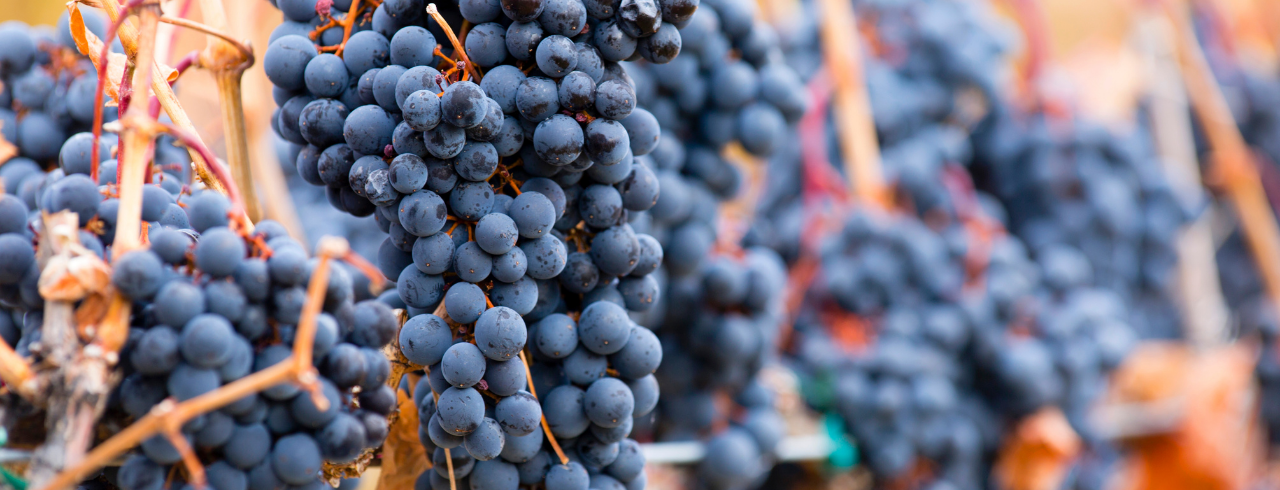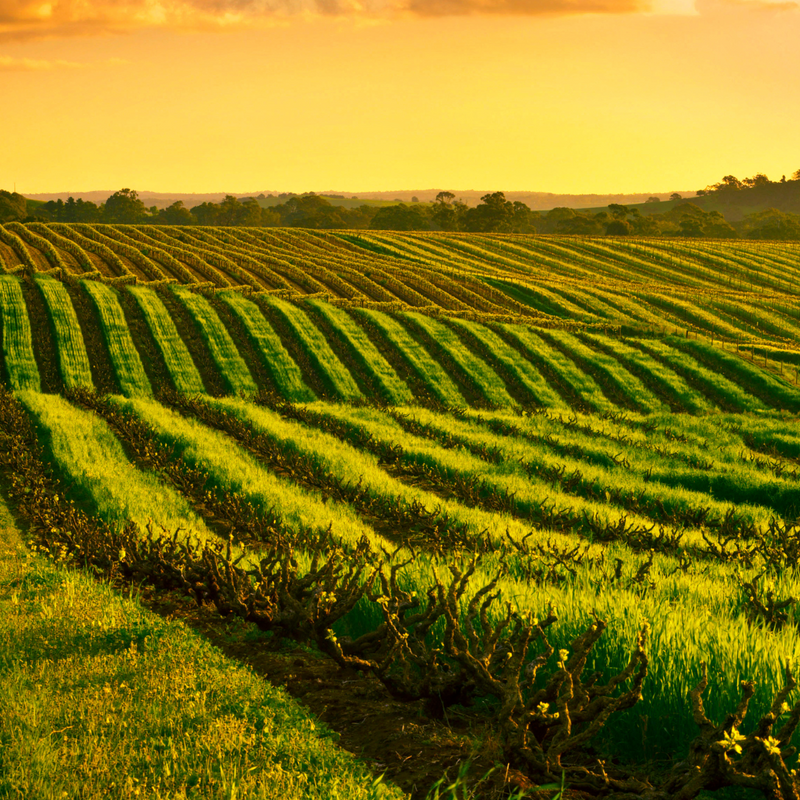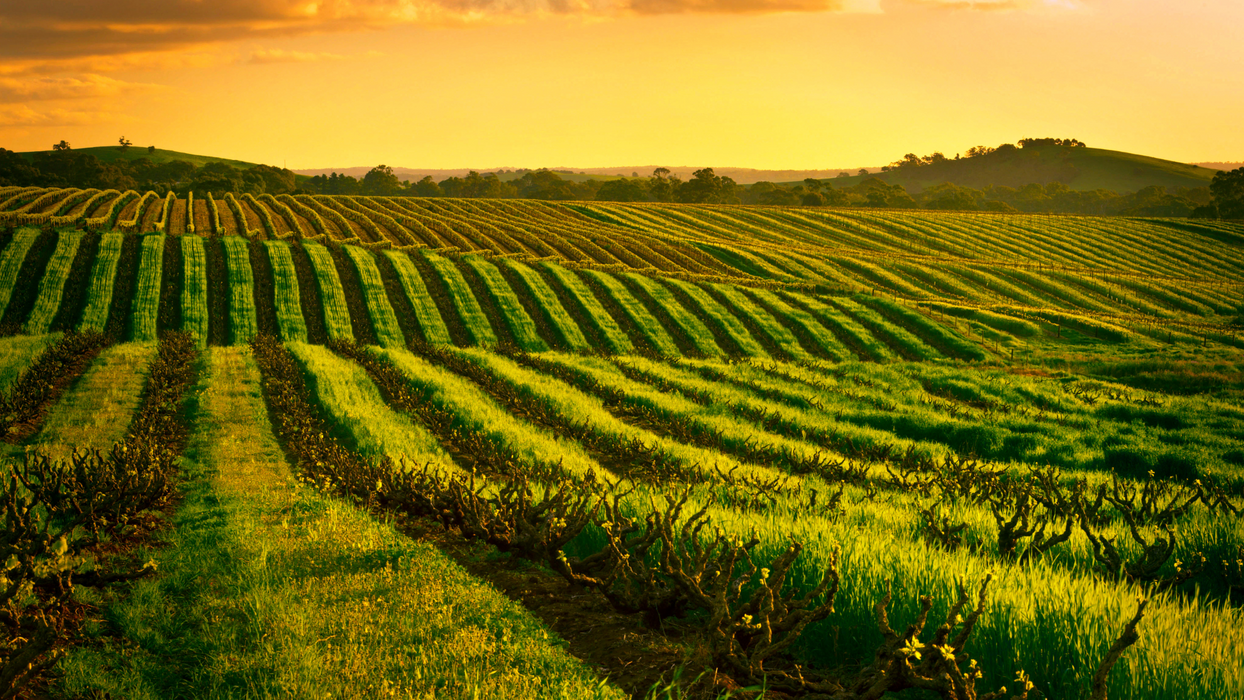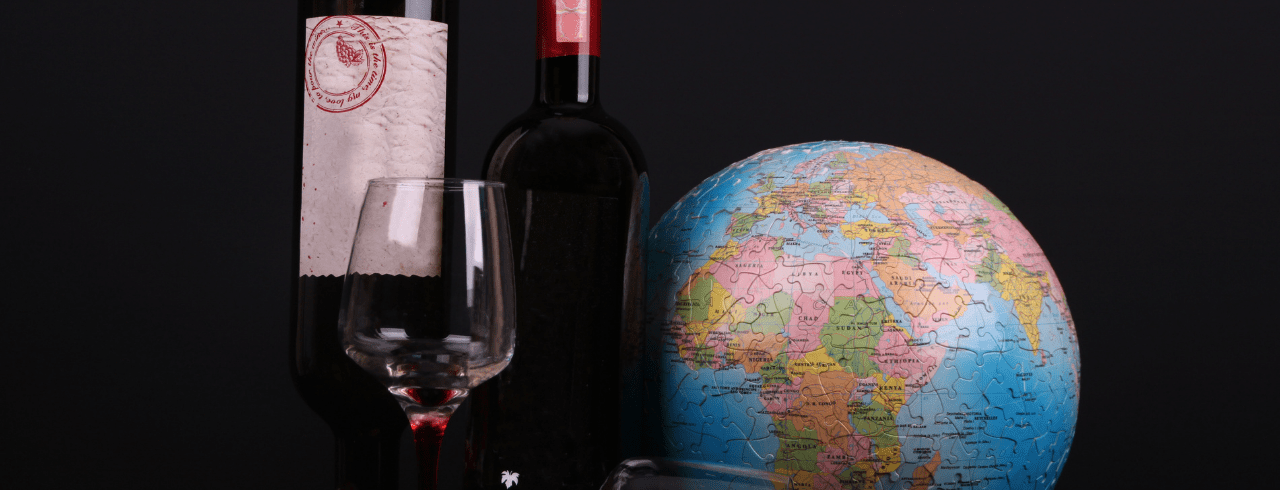
Australian Wine Guide

Australia is an international jewel renowned for its remarkable natural beauty, diverse urbanized culture, and famously laid-back lifestyle.
Travelers worldwide flock to this enormous country (and continent) for its bountiful splendor of warm beaches, vast deserts, incredible wildlife, awe-inspiring skylines, and much more -- including world-class wine.
Like the Great Barrier Reef, the Australian Outback, and the Sydney Opera House, Australian wine is a national treasure that inspires love from domestic and international consumers alike.
For a deep exploration of the origins, regions, and bottles of this New World wine country, read on for our Wine Insiders Guide to Australian Wine:

The History of Australian Wine
For a recap of Australia’s journey to vinicultural stardom, let’s break down some of the critical developments that influenced the country’s wine industry:
Origins and Early Development
The birth of Australian wine dates back to 1788, when Arthur Philip, the Governor of the New South Wales Colony (which would eventually become Sydney), brought the first cut vines to Australia.
While it would take a few decades to cultivate wines in New South Wales, which was still a British penal colony, things would change dramatically by the 1820s:
This decade signified the first widespread international sale of fortified Australian wine, as pioneers like the famous James Busby (the “father” of Aussie wine) began exporting domestic wines and importing foreign grapes for diversification.
As Australia’s time as a British penal colony came to an end in 1868, more European settlers moved to the island and used their Old World knowledge to establish new Australian growing regions.
Despite serious challenges, including the wave of phylloxera that devastated many wine countries, Australia steadily increased the quality and quantity of its wine production throughout the 19th century.
Modern Revolution
Although it’s often forgotten nowadays, the Australian wine industry long focused almost entirely on fortified wines over table wines.
As recently as 1950, over 75% of Aussie wines were fortified, significantly limiting the profitability of its international exports.
However, this would all change after the 1970s, when Australian wine profits declined for the first time in decades.
Sensing the need for revitalization, winemakers throughout the country began to focus on developing high-quality table wines with larger international audiences. The shift was nothing short of inspiring:
Over a 26-year period, Aussie wine exports grew from 8 million liters per year in 1981 to over 800 million liters per year in 2007.
During this time, wine aficionados worldwide fell in love with the country’s unique mix of powerful reds and refreshing whites. Concurrently, casual wine fans began to categorize Australia as a world-class wine country.
Though the vigorous attempts to attract international consumers slightly dented domestic sales in the early 21st century, the outsized proportion of global to Australian wine drinkers softened the blow and led to further profits.
As Aussie wine exports continue to soar amid excellent reviews and increased production, it’s little surprise the country’s wine export industry has the fourth-highest value in the world (only behind France, Italy and Spain).
Australian Wine Regions
With this understanding of Australian wine culture and history in tow, let’s dive into a few of the country’s most celebrated growing regions:
Barossa Valley
Barossa Valley is one of Australia’s most prolific wine-producing regions in terms of its total output and international acclaim.
Located in a river valley about an hour from Adelaide, Australia’s 5th biggest city, the region offers a distinct mix of climate and topography that yields a truly unique range of wines.
Cool and wet winters in Barossa Valley lead to notably hot and sunny summers, creating the ideal conditions for grapes to ripen and develop desirable balances of flavor concentration, tannins, acidity, sugars, etc.
Benefitting from these ideal weather conditions, the region’s varying mix of rolling hills and prominent valleys also play their own substantial role in influencing the vinicultural profile of the area:
The region’s iconic red grapes are typically grown at lower altitude vineyards, where higher temperatures lead to riper grapes with more robust tannins, higher alcohol levels, and lower acidity.
Conversely, its often-underrated white grapes often thrive at higher altitude vineyards, where lower temperatures allow them to retain their light, fresh personalities and develop their trademark high acidity.
For a genuine taste of the Barossa Valley, you must try Shiraz -- the region’s most acclaimed and profitable wine -- and sample its other prominent offerings like Cabernet Sauvignon, Grenache, and Riesling.
Winery to Visit
Starlight Ridge is a Barossa Valley winery that expertly uses the region’s indigenous grapes to develop a delicious, diverse, and affordable selection of Australian reds and whites.
Riverina
The Riverina region is notable for producing some of the best wine in Australia in incredibly large quantities.
It’s the country’s second-largest growing region, annually accounting for over 10 million cases of wine,15% of total wine revenue, and myriad job opportunities in New South Wales.
This significant production is due, in large part, to the area’s favorable balance of climate, topography, and soil:
With cool winters, hot summers, year-round sunshine, easy-to-navigate plains, and fruitful red-brown soil, Riverina naturally offers Australian winemakers most of the critical ingredients for thriving, profitable wineries.
This combination attracts winemakers the world over to the region’s New South Wales home, further growing the profitability, popularity, and acclaim of the growing area.
However, none of this would be possible without the “rivers” in “Riverina”:
As the region receives minimal rainfall, the Lachlan and Murrumbidgee rivers provide much-needed access to reliable water, without which the region could never yield its current volume and standard of wines.
For an authentic taste of Riverina, we recommend checking out Semillon, Chardonnay, and Shiraz bottles and pairing them with some of your favorite meals.
Winery to Visit
Cranswick Wines is a first-class Australian winery with a rich dedication to crafting delicious New World wines, promoting Australian viniculture, and employing sustainable growing practices.
Hunter Valley
James Busby, the “father” of Australian wine, established the Hunter Valley growing region in the 19th century, and it remains a vinicultural mainstay in modern times.
Located fewer than 3 hours from sunny Sydney, the area maintains an ideal Mediterranean climate with mild winters leading into warm summers punctuated by high humidity and a cool ocean breeze.
There is a diverse range of soils here, including sandy, loam, and clay-based varieties, further benefiting growing conditions and offering winemakers the chance to cultivate many grape varieties.
Among the 150 wineries in the area, you’ll find no shortage of world-class reds and whites to sample:
For a taste of historic Hunter Valley, you must try its Semillon -- the region’s original and most famous wine.
For an introduction to the more contemporary Hunter Valley, be sure to try its celebrated Chardonnay and Shiraz.
Winery to Visit
Brokenwood Wines offers visitors tastings of its trademark Semillon and Shiraz in addition to guided tours of its beautiful vineyard and winery.
Australian Wines
Last but not least, let’s analyze a few of Australia’s most celebrated and delicious wines:
Shiraz
Australian Shiraz is a national staple that inspires international acclaim.
In a bottle of this sumptuous New World classic, you’ll find ruby-red, full-bodied wine with prominent black fruit flavors, invigorating notes of spices, and delightful hints of sweet chocolate and licorice.
For lovers of tannins and acidity, Shiraz is also one of the rare reds to offer firm, juicy tannins and comparatively high levels of bright acidity.
Learn more about Shiraz here!
Cabernet Sauvignon
While Cabernet Sauvignon has French origins, this beloved varietal is a mainstay of Australian red wine culture.
In a given bottle of high-quality Australian “Cab,” you’ll find a full-bodied wine with fruity flavors of blackberries, plums, and black currants, herbaceous notes of mint and eucalyptus and earthy overtones of cedar and graphite.
This delicious New World red also has the tannins, concentrated flavors, and malleable personality to mature gracefully, making it an excellent option for longer-term aging.
Learn more about Cabernet Sauvignon here!
Chardonnay
For lovers of New World whites, Australian Chardonnay is one of the country’s best wines in its oaked or unoaked state.
Unoaked Australian Chardonnay often originates from the country’s Western growing regions. Here, the typical bottle of Chardonnay offers a clean and crisp drinking experience marked by citrus fruit flavors mixed with distinct minerality, high acidity, and a light body.
Conversely, oaked Australian Chardonnay often comes from Southern and Eastern growing regions. Here, you’ll find bottles of Chardonnay featuring tropical fruit flavors mixed with sweet notes of vanilla and caramel, smoother textures, and a fuller body.
Learn more about Chardonnay here!

Wine Insiders: Your Home for Australian Wines
Now that you understand the origins of Australia’s wine culture, the diversity of its growing regions, and the personalities of its favorite varietals and blends, it’s time to explore Wine Insiders’ curated collection of world-class Australian wines:
Whether you’re a New World wine newbie or a vino aficionado, our offering of Australian reds and whites provides you with a flavorful, aromatic tour of this beautiful Oceania country -- all at an affordable price.
For more information about wine regions, varietals, and more - check out our full library of Wine 101 Guides!





